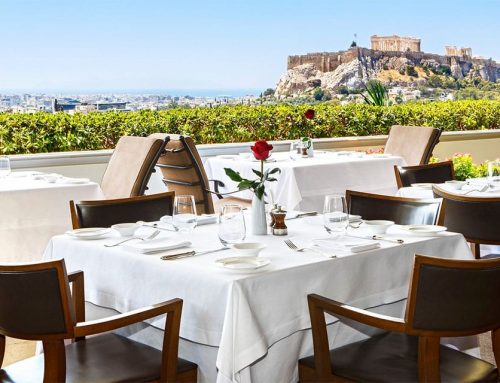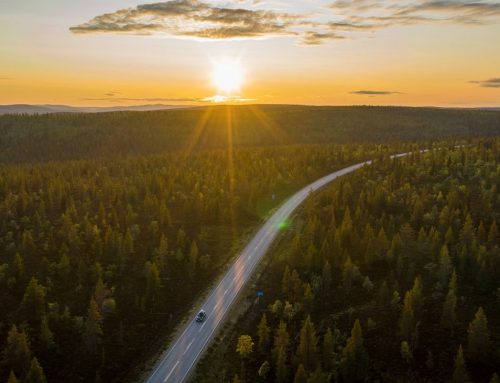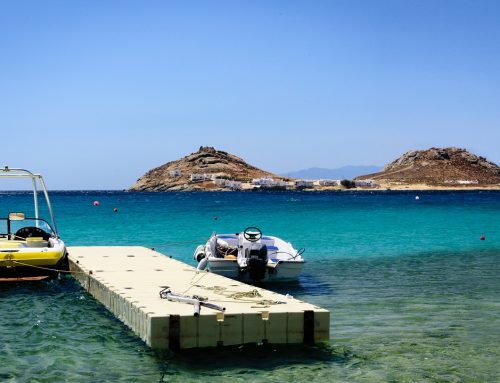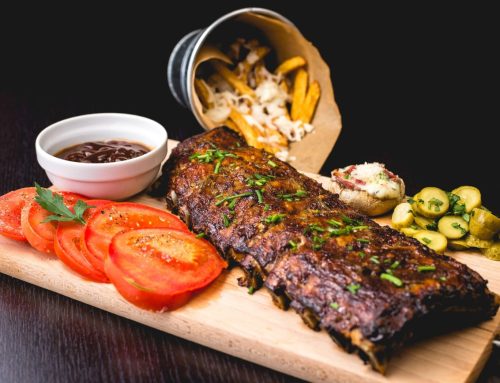Planning a trip to Italy is half about the history and beauty and half about the food. Enjoying everything that Italian cuisine has to offer can be daunting, especially since most of the really exciting options are outside the big cities. To help foodie travelers get the most out of their trip to Italy, Citalia, a leading travel specialist specializing in Italy, has created the ultimate guide to cuisine and food festivals across the country, and it comes with a handy infographic.
Helen Adamson, Citalia Brand & Commercial Director, said, “Many visitors to Italy enjoy visiting popular relaxing resorts like Sardinia’s Costa Smeralda, or cities that offer something new every time, such as Rome. However, there’s also much more to Italy for anyone looking for something further off the beaten track.”
So plan your trip around your stomach while you explore the countryside of Italy.
Alba
Alba’s greatest culinary offering is the Festa dei Tartufi – the White Truffle Fair – which takes place across every weekend in October and November. It offers world-famous truffles from the local area, as well as the Truffle Show, which includes a Show Cooking by professional chefs, the Truffle Sensory Analysis, and wine tasting experiences.
The fair also features folk traditions and historical re-enactments as well as the food and drink, particularly aiming at educating children and thus making the event fun for all the family.
Even throughout the rest of the year, Alba is best known for its truffles and wine, as well as its peaches. For chocolate lovers, the Ferrero group, who produce the popular Ferrero Rocher chocolates, are based here.
Bologna
Bologna is a must for anyone looking to get to the heart of Italian cuisine – as it’s not only the origin of Bolognese sauce (though the local version is remarkably different and primarily served with tagliatelle), but also Bologna sausage, and a variety of fine wines. Those wanting to buy food like a local should make their way to the food markets including the Mercato di Mezzo – the city’s oldest market.
Among the many festivals taking place in the city, the Bologna Finger Food Festival, taking place in spring over the course of four days, offers street food, craft beers, and live music from all over Europe.
Minori
Minori is known for its handmade pasta – particularly scialatielli, a thick and short pasta similar to linguine, which features heavily on local menus, along with pastries made from the local lemons as with other towns on the Amalfi Coast.
Procida
The main attraction, however, is the food – the local lemons, often called limoni pane or “bread lemons”, thanks to their large amounts of pith, are the main ingredient in a popular local dish: lemon salad, in which the lemons are flavored and garnished with garlic and mint.
Bardolino
Located on the eastern shore of Italy’s largest lake, Garda, Bardolino’s offerings include the Zeni Wine Museum, which explores the local wine culture and the history of wine production, and a variety of local churches in different architectural styles.
Ivrea
A different kind of food festival, Ivrea’s Battle of the Oranges features the citrus fruit – but rather than food stalls and orange-based dishes, the event means several uniformed teams spend the day throwing oranges at one another. This, the largest food fight in Italy, is meant to celebrate a young woman’s defiance of a marquis in a popular local story, and the revolt of the townsfolk that followed.
The battle, which isn’t for the faint of heart, with many visitors leaving with cuts and bruises, takes place over the course of the last three carnival days in February, ending on the night of Martedì Grasso (or Shrove Tuesday). If you don’t want to be hit with oranges, wear a red hat – which signals you as not being one of the “revolutionaries” the festivities are meant to celebrate (and means you’re not allowed to throw oranges either!).
Manarola
Thought to be the oldest of the five towns known as the Cinque Terre, Manarola is best enjoyed in its taste – specifically that of the local sweet Sciacchetrà wine, typically served with desserts or cheese. The wine is more than just a modern invention – the Romans have writings detailing its quality even in ancient times.
Explore the colorful buildings that make up this coastal location, or sit with a glass of wine in one of the local bars and restaurants and watch the sun play off the water, which can be seen throughout the town.
Mantua
Italy’s “La Bella Addormentata” – Sleeping Beauty – Mantua was awarded the position of Europe’s Capital of Gastronomy in 2017. Local specialties include Tortelli di Zucci, a pumpkin-stuffed tortellini dish, and Bigoli con la Sardelle, a simple fish dish using pasta similar to spaghetti.
Montefalco
Known as the “balcony of Umbria”, Montefalco offers vast views out over the plains below, perfect as a backdrop for sipping the local Montefalco Sagrantino wine. Those who particularly enjoy the wine should certainly stop by around Easter when the town hosts a festival called Settimana Enologica, or “Wine Week”.
But it’s not just for wine lovers. The week also features cooking shows, food tastings, and even tasting workshops, as well as art exhibitions, live music, and tours – all alongside what one might expect from a wine week, such as wine tastings (over 30 local wineries take part) and food and wine pairings.
You can even head to local restaurants during the week to try specialty dishes in which the main ingredient is the Montefalco Sagrantino DOCG wine.
Naples
Naples made its stamp on culinary history with the invention of the pizza and has maintained it to the modern-day by having more stars from the Michelin Guide than any other Italian city.
It’s appropriate, then, that it plays host to numerous food festivals, including the Marco Island Seafood and Music Festival, and the Mercato Spring Fling and Food Festival.
The former, founded to raise money for charity, takes place in March each year over the course of three days, with live bands, a kids’ fun zone, and a selection of food stalls throughout the area.
The latter is only a month later, in April, with Mercato restaurants providing a range of food and bar options, and lawn games, face painting, and snow cones offering entertainment for kids.
Perugia
Perugia is best visited in time for one of its festivals – whether that’s the International Journalism Festival, the Umbria Jazz Festival, or the delicious EuroChocolate Festival.
EuroChocolate has been taking place every year since 1993 and is one of the largest chocolate festivals in Europe, pulling in as many as a million tourists and natives to each event. It’s so popular that it’s inspired more EuroChocolate festivals in Rome and Turin. The original, however, spread across much of Perugia, lasts nine days, and many of major chocolate brands are represented there, including Lindt, Perugina, and Caffarel.
The festival itself entails chocolate-themed stalls in forms ranging from climbing walls shaped to look like chocolate-to-chocolate art, and even chocolate sculpting and a chocolate spa day. The festival holds the record for the world’s largest chocolate bar created, which was over 7 meters high, made from dark chocolate and hazelnuts – it weighed 5,980 kilograms.
Of course, as well as all the inventive uses for chocolate, there are also plenty of opportunities to eat it. Chocolate tastings, both normal and experimental, are widespread, and you should take as much home with you.
San Miniato
San Miniato sits in the stunning region of Tuscany, placed within the panoramic landscape between Pisa and Florence. The historic town’s highlight each year is the National Festival of the White Truffle that takes place each November, celebrating the renowned truffles for which the Tuscany region is known.
San Miniato’s remarkably perfumed white truffle is, of course, the centerpiece of the festival, drawing truffle lovers from throughout the world to see, smell, and taste the truffle oils, pastes, sauces, salt, and preserves, as well as dishes featuring the eponymous flavor.
But there’s much more to the festival, and those looking for an event beyond the truffles will be delighted by local wines for tasting and purchase, extra virgin olive oils, local cheeses, honey, chocolate, meats, and more – all certain to tempt and intrigue food lovers.
Source: News Week





